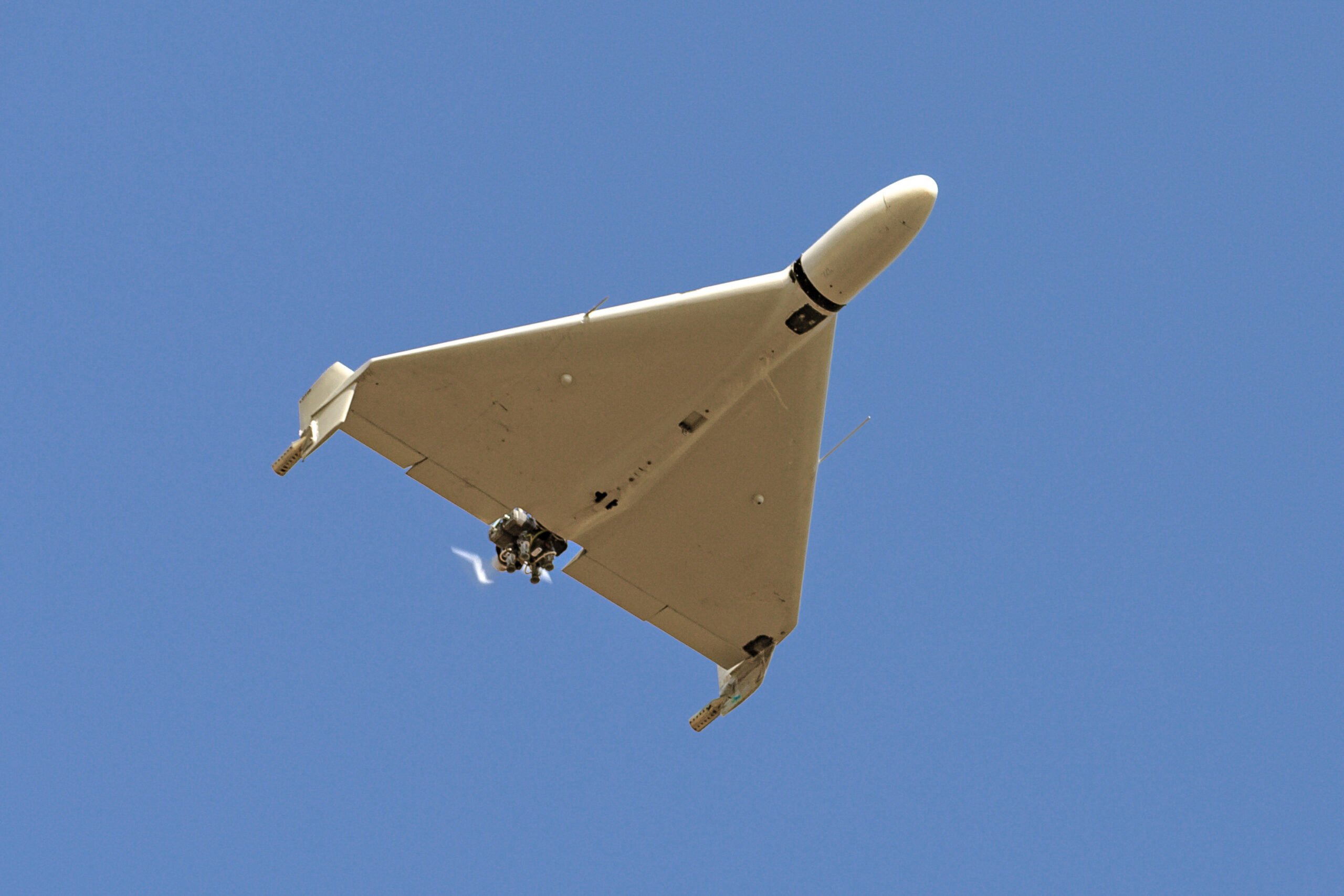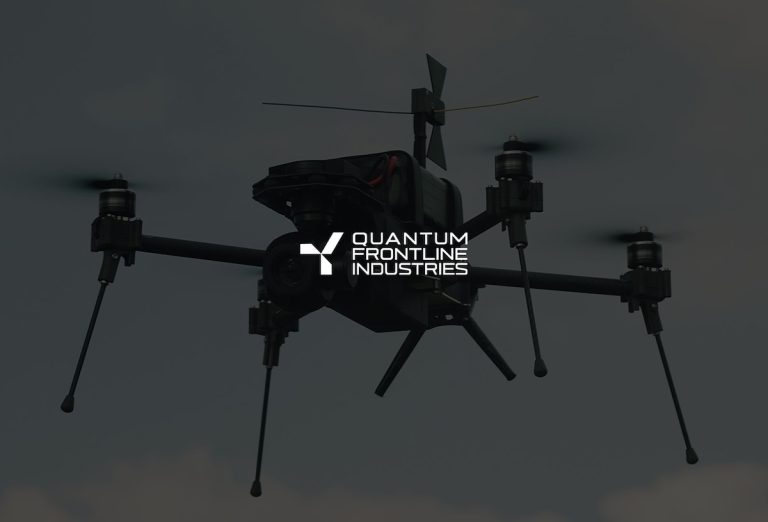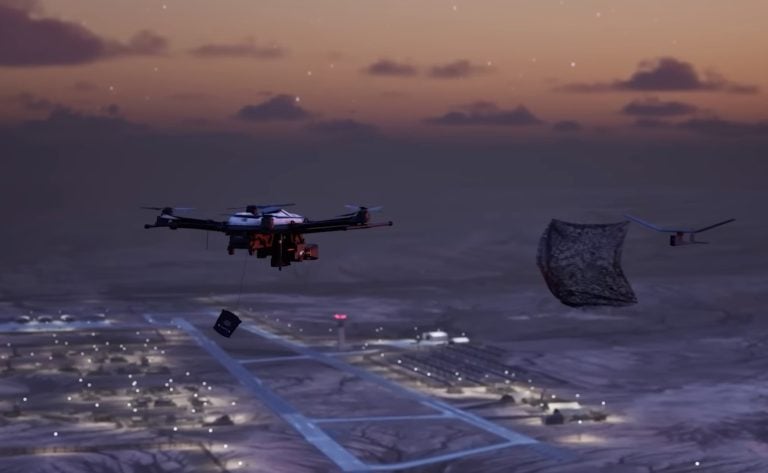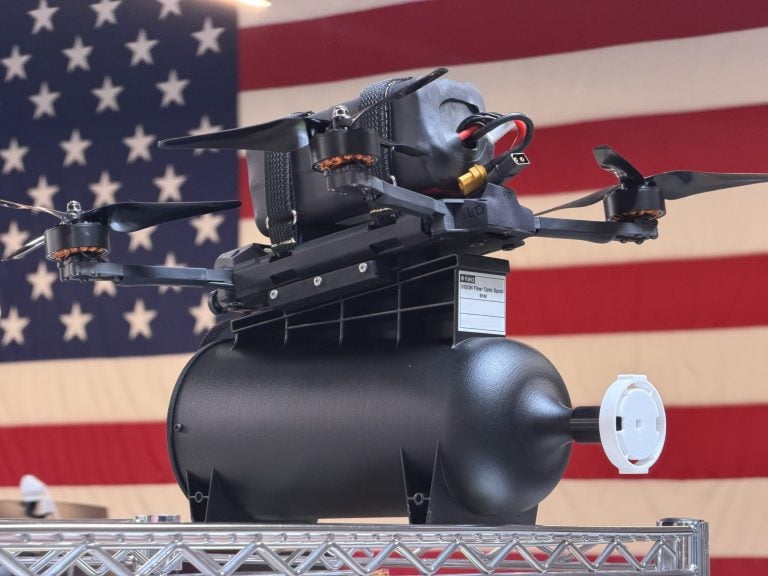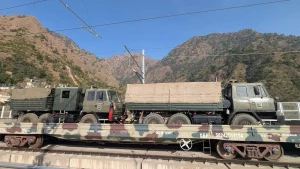In a move aimed at strengthening its defense capabilities, the U.S. Air Force is planning to acquire a 1:1 replica of the Shahed-136 drone used by Russia in its ongoing campaign against Ukraine. This initiative is part of a broader strategy to develop and enhance countermeasures against the increasingly prevalent drone warfare tactics being employed by adversaries.
The replica must closely mimic the form, fit, and function of the original Shahed-136 drone, a gas-powered model with a minimum operational range of 50 miles. While sophisticated features such as GPS-denied capabilities or radar evasion are not necessary for the replica, it is crucial that the drone weighs between 55 and 1,320 pounds and can operate below an altitude of 18,000 feet at speeds not exceeding 250 knots.
According to the request for information, the Air Force intends to initially purchase 16 of these replicated drones, with an option to secure an additional 20 units at a later date. The design specifications require the unmanned aerial system (UAS) to feature open system architecture, allowing for integration with various payloads, enhancing its versatility on the battlefield.
To facilitate ease of operation, the drone must be capable of takeoff and landing autonomously from a pneumatic system and should be operable by a crew of no more than three personnel from setup through to post-operations cleanup.
The urgency of this acquisition is underscored by the current drone tactics being employed in Ukraine. The Shahed drones have been integral to Russia’s strategy, with weekly launches escalating from around 200 to over 1,000 since the latter part of last year. This has been part of an effort to degrade Ukrainian morale and overwhelm its defense capabilities.
Among the various variants of the Shahed, the Shahed-136—referred to as the Geran-2 in Russia—emerges as a significant concern. It is characterized as a low-cost, long-range loitering munition that poses a serious threat on the battlefield. Reports indicate that it can fly a range between 970 and 2,500 kilometers and operate for up to 40 minutes at a time. With a warhead weighing approximately 40 kilograms, the drone has the potential to inflict damage on fixed infrastructure and slow-moving targets.
Costing between $20,000 to $50,000 per unit, these drones present an expensive challenge for Western air defense systems and interceptors, which often cost millions of dollars. In response, Ukraine and its allies have been proactive in developing countermeasures against the Shahed drones. These efforts include the creation of a dedicated first-person view drone, a specialized “Shahed-killer” missile, and AI-controlled air defense turrets designed to neutralize the threats posed by these unmanned systems.
As the landscape of modern warfare continues to evolve, the U.S. Air Force’s decision to replicate the Shahed-136 reflects a strategic focus on understanding and countering drone warfare, ensuring that it remains prepared for the challenges that lie ahead.
